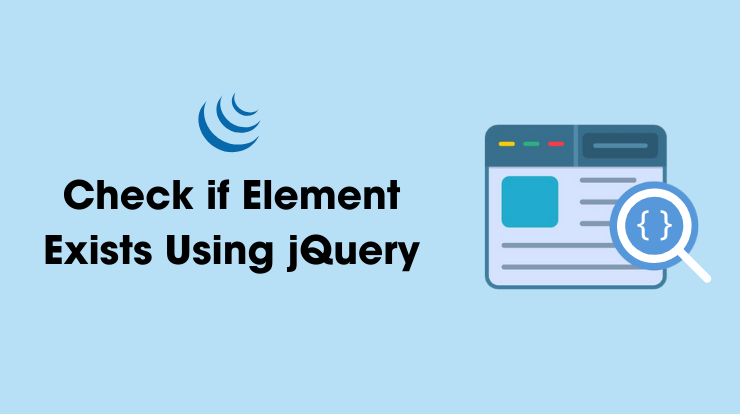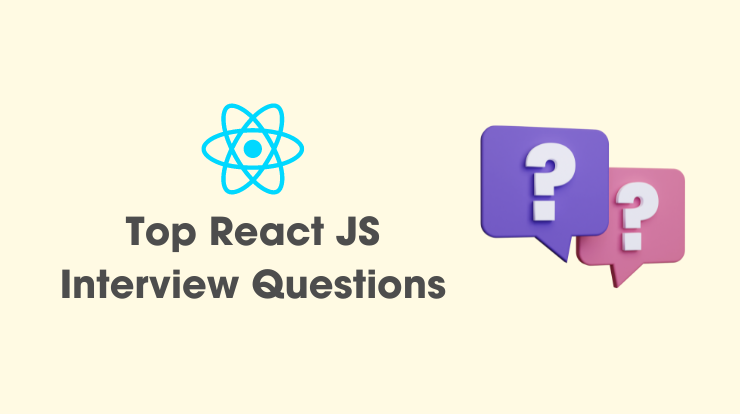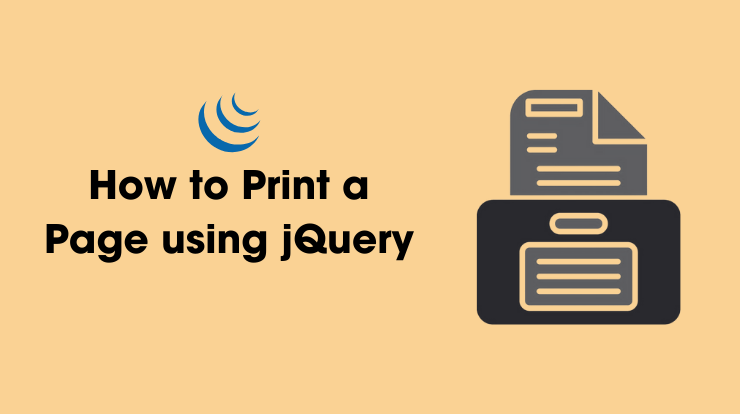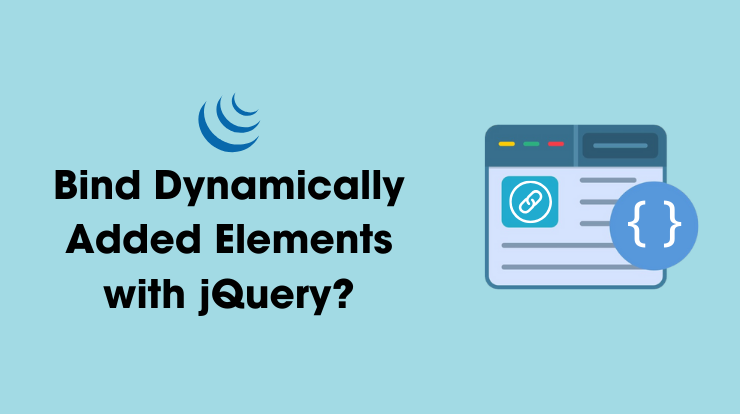In the web development world, capturing users’ attention and providing timely alerts are very important for web applications like chat applications.
Adding a notification sound to your website can enhance user engagement and ensure important messages don’t go unnoticed. Fortunately, achieving this with JavaScript is straightforward and allows for seamless integration into your web application.
To play a notification sound on your website using JavaScript, follow these simple steps:
- Choose or Create Your Notification Sound: Select or create an audio file that suits the tone and purpose of your notifications. Ensure it’s in a widely supported format like MP3 or WAV for compatibility across browsers.
- Integrate the Audio File: Store your notification sound file in a directory within your web application’s project folder.
- Implement JavaScript Functionality: Utilize JavaScript to trigger the playback of the notification sound when a specific event occurs, such as receiving a new message or completing an action.
Syntax
var audio = new Audio('audio-file-path');
audio.play();We will use this Audio object of JavaScript to play a notification sound on websites. we will take an audio file path and pass it to the Audio object to use its constructor and then use the play() method to play it.
Example of Play Notification Sound
Here’s a basic example of playing a notification sound on chat applications websites:
<html> <head> <title>Play Notification Sound Using JavaScript</title> </head> <body> <div class="chat-box-container"> <h3>Chat Box</h3> <ul id="message-box"> <li><strong>User:</strong> <span class="text">Hello, How Are You?</span></li> </ul> <form id="form1"> <input type="text" name="name" placeholder="Enter Name" required="required" width="50%" id="name"> <input type="text" name="message" placeholder="Enter Message" required="required" width="50%" id="message"> <button type="button" id="submit-btn">Submit</button> </form> </div> </body> </html>
<script>
// Define the path to your notification sound file
const notificationSoundPath = 'notification.mp3';
// Function to play the notification sound
function playNotificationSound() {
// Create a new Audio object
const audio = new Audio(notificationSoundPath);
// Play the audio
audio.play();
}
const submitBtn =document.getElementById('submit-btn');
submitBtn.addEventListener('click', function() {
var name = document.getElementById("name").value;
var message = document.getElementById("message").value;
if(name.trim() == '' || message.trim() == '') {
alert("Please enter required fields");
return false;
}
playNotificationSound();
document.getElementById("message-box").append("<li><strong>" + name + ":</strong> <span class="text">" + message + "</span></li>");
document.getElementById("message").value = "";
});
</script>Remember to adjust the event listener and trigger according to your website’s specific requirements and user interactions. With this simple implementation, you can effectively play notification sounds on your website and enhance user engagement.
Being Tricky 😉
FAQs
Notification sounds enhance user experience by providing immediate feedback and alerting users to important events on your website, improving engagement and retention.
Use sparingly for key events.
Offer customization options.
Choose pleasant, relevant sounds.
Test across devices and browsers.
Provide visual indicators alongside audio cues.






